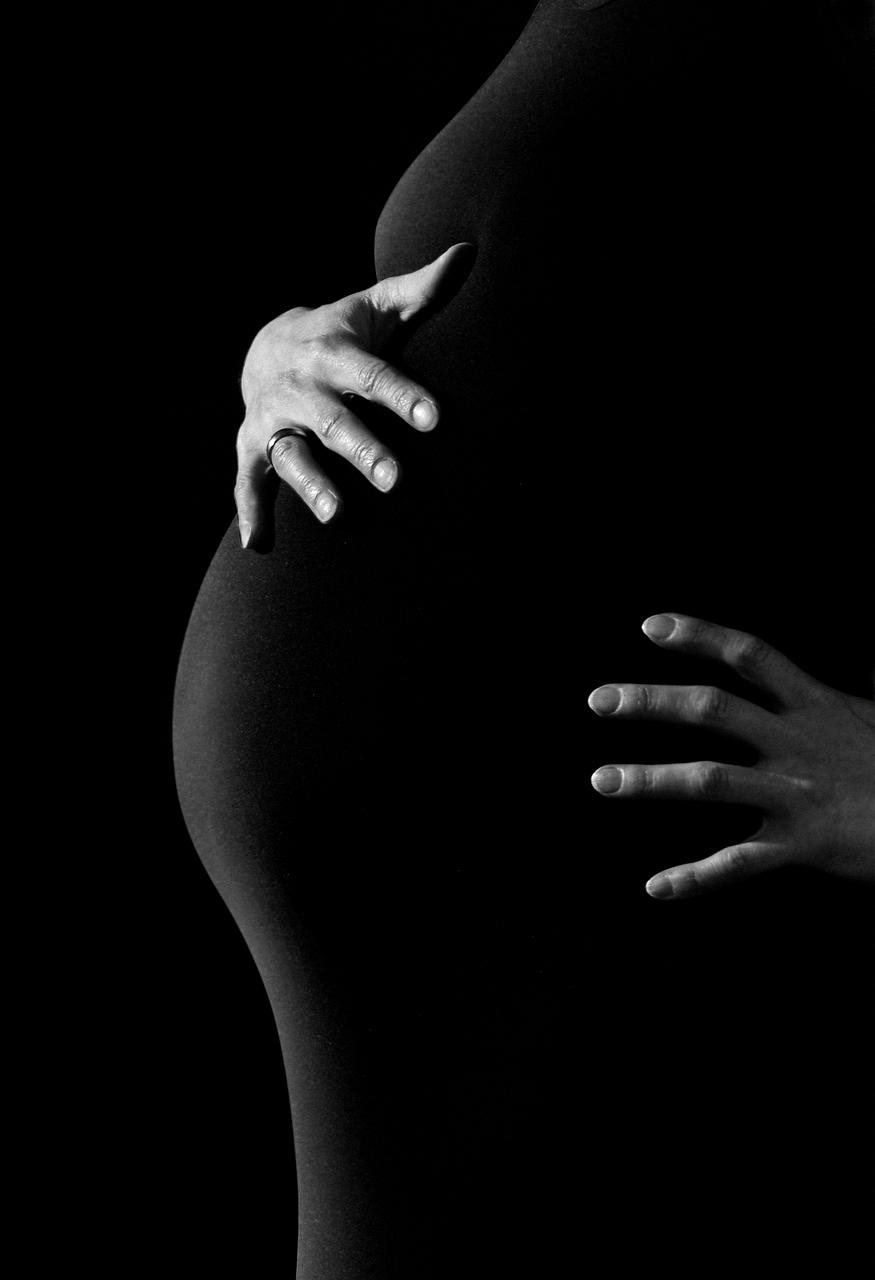When it comes to the safety of a C-section procedure, it is crucial to weigh the risks against the benefits. While a caesarean is generally considered to be a safe surgical intervention, it is essential to acknowledge that like any surgery, there are potential risks involved. These risks can vary depending on various factors such as the mother’s health, the skill of the medical team performing the operation, and any specific conditions that may be present during the procedure.
Understanding the Risks
One of the primary concerns associated with C-sections is the risk of infection. Infections can occur in the wound or the lining of the womb, leading to complications that may require further treatment. It is crucial for healthcare providers to take preventive measures to minimize the risk of infections during and after the surgery.
Complications and Recovery
Complications can arise during or after a C-section, ranging from minor issues to more severe conditions that may necessitate additional medical interventions. Such complications may include excessive bleeding, blood clots, injury to surrounding organs, or issues with anesthesia. It is essential for both healthcare providers and patients to be aware of these potential risks and to closely monitor the recovery process.
Maternal and Fetal Safety
While C-sections are generally safe for both the mother and the baby, there are certain risks that need to be considered. For the mother, risks may include longer recovery times, potential scarring, and a higher likelihood of needing a C-section for subsequent pregnancies. On the other hand, for the baby, there may be a slightly increased risk of respiratory issues right after birth, as well as a higher likelihood of developing allergies and asthma later in life.
Factors Influencing Safety
Several factors can influence the safety of a C-section procedure, including the experience of the medical team, the use of appropriate anesthesia, the timing of the surgery, and the overall health of the mother. It is essential for healthcare providers to carefully evaluate these factors and make informed decisions to ensure the safety and well-being of both the mother and the baby.
Benefits of C-Section
While there are risks associated with C-sections, it is important to recognize that these procedures can also offer significant benefits in certain circumstances. For example, C-sections may be necessary in cases of complications during labor, such as fetal distress, umbilical cord complications, or placental issues. In such situations, a C-section can help ensure the safety of both the mother and the baby.
Medical Indications vs. Elective C-Sections
It is essential to distinguish between medically indicated C-sections and elective C-sections performed for non-medical reasons. While C-sections are a valuable tool in managing complications during childbirth, elective C-sections should be carefully considered due to the potential risks involved. Healthcare providers and patients should engage in open and honest discussions to determine the most appropriate course of action based on individual circumstances.
Recovery and Follow-Up Care
After undergoing a C-section, it is crucial for the mother to receive appropriate postoperative care to ensure a smooth recovery. This may include pain management, wound care, monitoring for signs of infection, and support for breastfeeding. Follow-up appointments with healthcare providers are essential to assess recovery progress, address any concerns, and provide guidance on returning to normal activities.
Educating Patients and Caregivers
Education plays a vital role in promoting the safety of C-section procedures. Healthcare providers should take the time to educate patients and their caregivers about the risks and benefits of C-sections, the importance of proper prenatal care, and strategies for reducing the likelihood of complications. By empowering patients with knowledge and information, we can enhance the safety of C-sections.
Conclusion: Balancing Safety and Necessity
In conclusion, while C-sections are generally considered safe procedures, it is essential to approach them with caution and awareness of potential risks. By carefully evaluating the factors influencing safety, engaging in open communication with healthcare providers, and prioritizing postoperative care, we can help ensure the well-being of both mothers and babies. Ultimately, the safety of a C-section procedure lies in the hands of a dedicated and informed healthcare team working collaboratively with patients to make the best decisions for maternal and fetal health.

